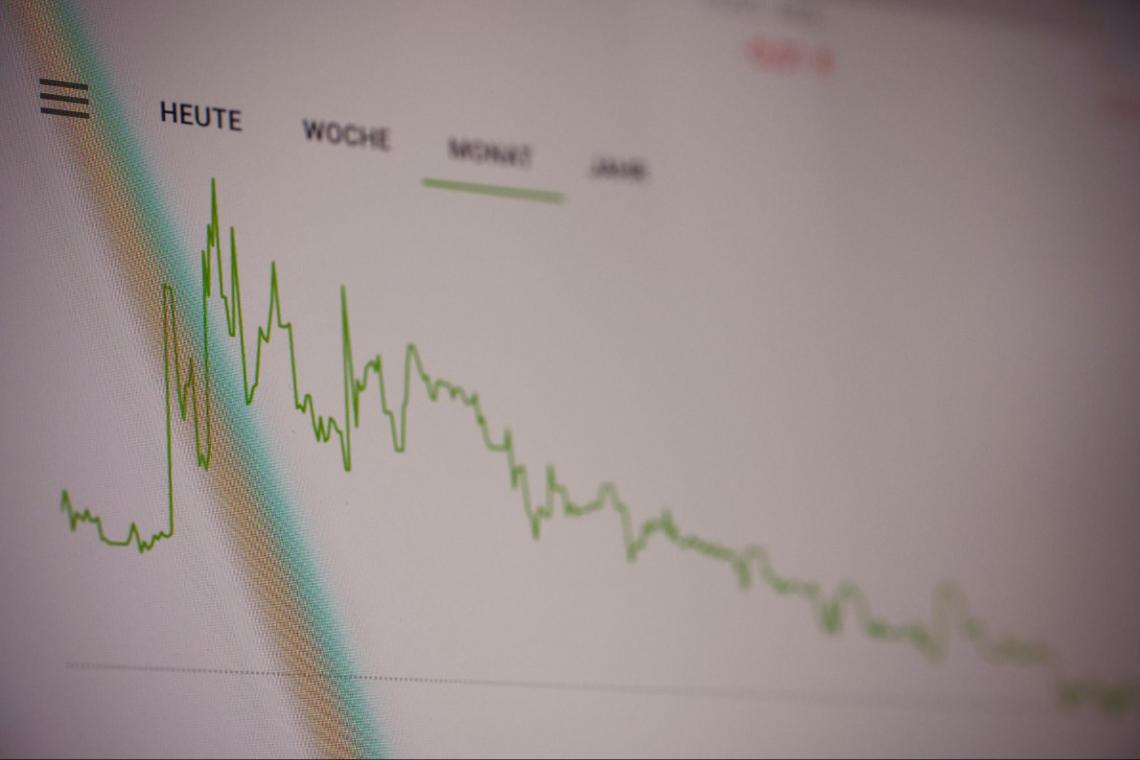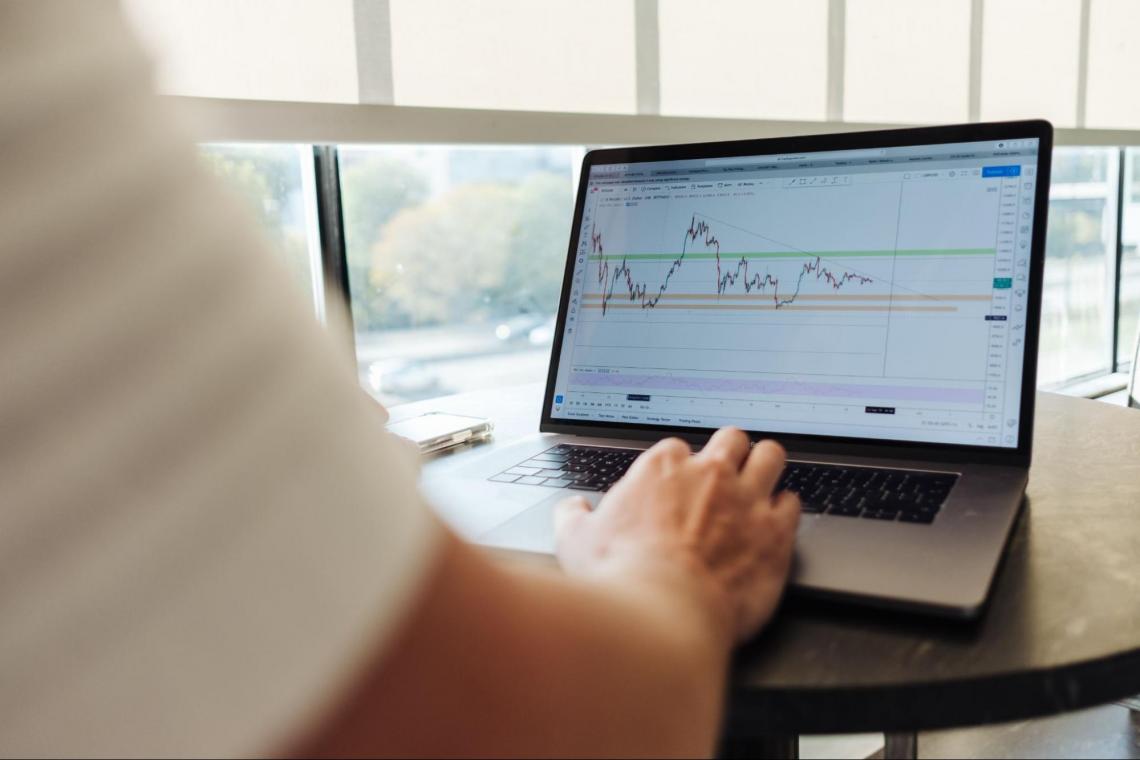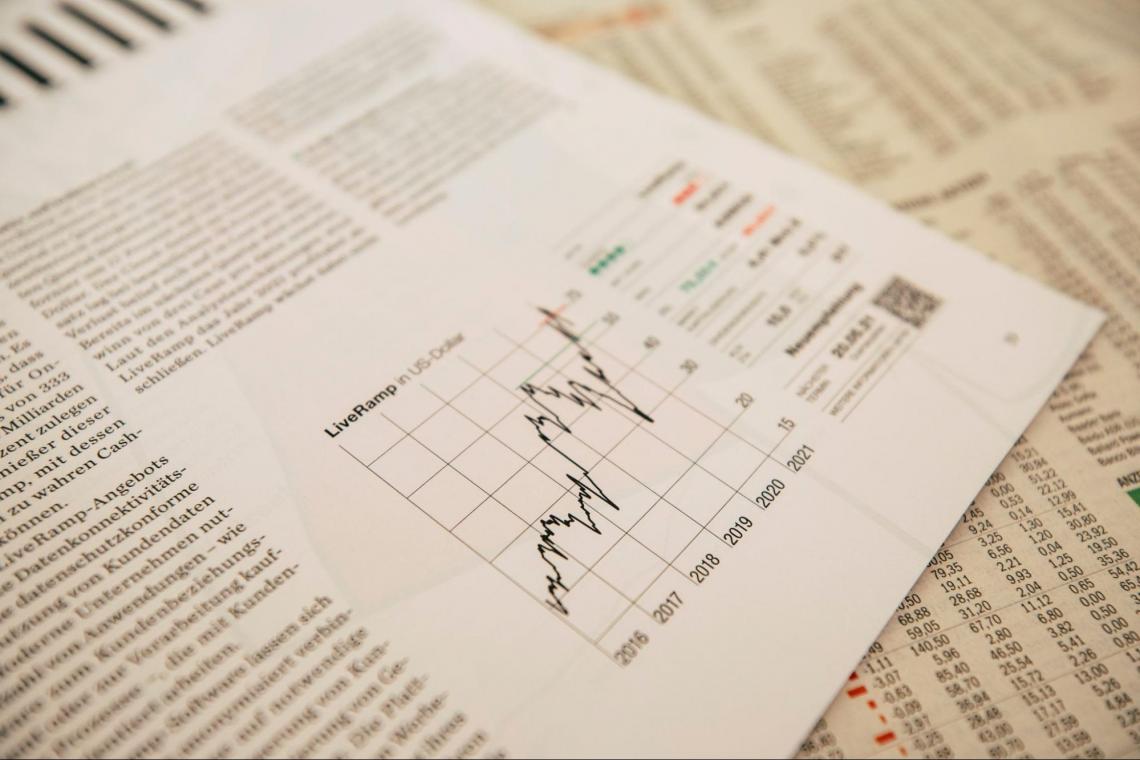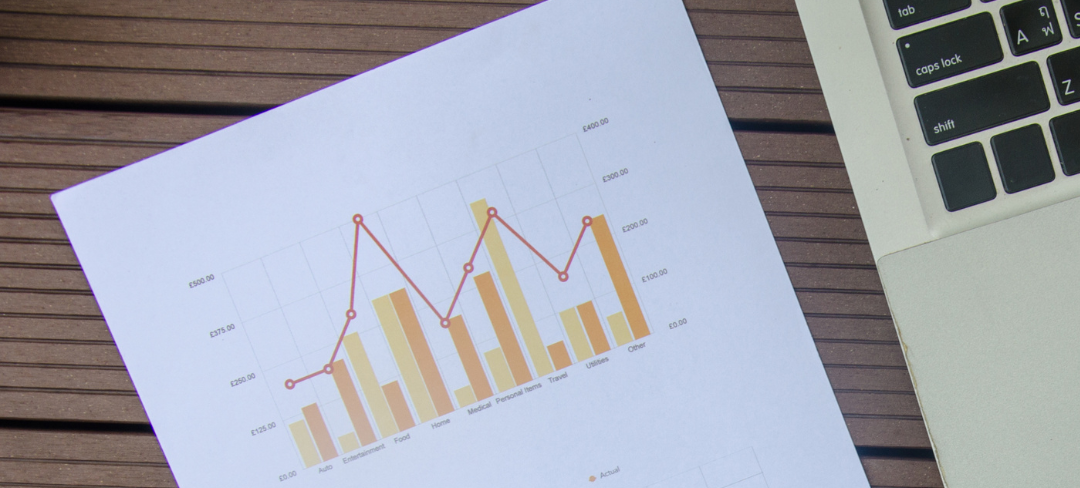Trading Assets
A group of securities a company holds intending to resell for a profit.
Trading assets are a group of securities that a company holds intending to resell for a profit. They include U.S. Treasury securities, mortgage-backed securities, foreign exchange rate contracts, and interest rate contracts and are tracked as a separate account from the investment portfolio.

The company purchases these assets and resells them soon to profit from swift price changes. They are also referred to as securities kept for trade.
Alternatively, assets refer to a separate account managed by banks that purchase U.S. government securities and other securities for their trading account or for selling to other banks and the general public at a profit rather than for inclusion in the bank's investment portfolio.
Trading assets and the investment portfolio are kept apart. They are recorded individually until sold or disposed of, at which they are recorded at a price at the time of purchase or sale.
While being held by a bank, trading assets held for other banks are marked to market.
Companies buy such assets intending to resell or trade them for a profit at the time of purchase. When assets are bought or sold, their fair market value is determined, and any unrealized gains or losses are subsequently recognized on financial reporting dates.
On the other hand, trading assets are valued at market-to-market rates when held by banks on behalf of other banks.
A report must be filed with the Federal Deposit Insurance Corporation and the relevant government regulatory body when certain banks are permitted to hold trading assets for the benefit of other banks.

Unless a fair value hedge affects the securities, companies report the aggregate values of the modifications in the trading assets under the shareholder's equity accounts.
Financial companies with companies engaged in trading or investing in the securities markets possess the most trading assets. Other firms may retain trading assets to hedge positions organically tied to their primary business.
For instance, if an oil company wants to avoid market risk in the price of oil, it may sell oil futures, while an airline may buy oil futures.
These are accounted for as current assets on the balance sheet in the financial statements since they may be quickly sold.
These assets are valued at market value. Thus, the value is regularly recalculated on the balance sheet following price changes.
Accordingly, the corporation's income statement includes any unrealized profit or loss arising from changes in the value of the trading assets.
Understanding Trading Assets
Businesses buy trade assets to sell them for a profit. When a business purchases and sells a trade asset, it is recorded at the asset's fair value. Mark-to-market valuation is used when banks hold assets used in trading for other banks.

Certain banks must submit reports to the government and the Federal Deposit Insurance Corporation (FDIC) when engaged in this activity. Scheduling Assets and Liabilities, Schedule RC-D, Federal Deposit Insurance Corporation.
Because they are intended to be acquired and sold rapidly for a profit, trading assets can be found on the balance sheet and are categorized as current assets.
Accordingly, these assets should be valued at market value while in the firm's possession, and the matter should be updated on the balance sheet each reporting period.
These assets must have their value modified on the balance sheet whenever their market value changes, and the income statement must also reflect this loss or gain, even if it is only on paper.

What are U.S treasury Securities?
Because all Treasury securities are backed by the "full confidence and credit" of the United States government, U.S. Treasury securities are among the safest investments you can make.
This indicates that the United States government will look after its bondholders regardless of recession, inflation, or war.

Treasuries can be liquidated. Every time there is an auction, a group of more than 20 main dealers must purchase significant amounts of Treasury securities and be prepared to trade them on the secondary market.
The individual investor may find other aspects of Treasuries intriguing. They are reasonable, and the purchasing procedure is easy because they can be purchased in $100 increments. In addition, you can use banks and brokerage houses to buy Treasury securities.
- Treasury Bills
Cash management bills are short-term securities with maturities of just a few days, four weeks, 13 weeks, 26 weeks, or 52 weeks are zero-coupons and do not pay interest.
They are also referred to as T-bills, and they are purchased at a discount from face value (par) and paid at face value after they mature. Federal income taxes are paid on interest income, but state and local income taxes are not. - Treasury Notes
Securities having fixed principal and maturities of two, three, five, seven, and ten years have been issued. Interest on T-Notes, as they are sometimes known, is paid bi-annually, and the principal is repaid when the note expires.
Federal income tax must be paid on interest income, but state and local income taxes are not. - Treasury Bonds
These are 30-year-maturity long-term securities with a fixed principal. The periods range from 10 to 30 years. Semiannual payments are made, and the principal is paid when the bond expires. Federal income tax must be paid on interest.
Mortgage-backed securities (MBS)
A mortgage-backed security is an investment backed by several mortgages purchased by the banks that issued the mortgages. On the secondary market, mortgage-backed securities are bought and sold.

Any investment solution that employs a commercial or residential mortgage or a pool of mortgages as the underlying asset is mortgage-backed security at its most basic level.
The goal of an MBS, like other financial innovations, is to boost return and diversify risk. Investors can absorb the statistical chance of non-payment by securitizing pools of comparable mortgages.
Mortgage-backed securities could be a smart alternative if you're searching for ways to diversify your portfolio. A pool of mortgages acquired from the banks that issued them and sold to investors makes up an MBS.
An MBS, however, is a sophisticated tool that may take many various shapes. Similar to how it would be challenging to evaluate the risk of a general bond or stock, it would be challenging to assess the overall risk of an MBS.

The characteristics of the underlying asset and the investment contract mainly determine risk.
A specific kind of asset-backed security is an MBS. Processes for mortgage finance and house loans have become more straightforward thanks to asset-backed deposits.
Ginnie Mae, Freddie Mac, and Fannie Mae are the leading issuers of mortgage-backed securities. These mortgage loan buyers are state-sponsored businesses. These businesses were created to increase consumer access to homeownership.
Fannie Mae, Freddie Mac, and Ginnie Mae nevertheless establish standards that banks and lenders must adhere to, despite being private businesses rather than official government entities.
In the case of MBSs, the bank serves as a liaison between homeowners and investors. But, first, banks close individual mortgages and resell them as conventional loans.
After that, they are combined with comparable mortgages to form mortgage-backed securities. The banks subsequently sell the mortgages on the bond market.
Pros and cons of Mortgage-Backed securities
There are benefits and drawbacks to investing in MBSs, which will change according to your chosen asset and organization.
Before making an MBS investment, you should ensure the investment item suits your unique demands and risk tolerance. Here is a list of some of the benefits and drawbacks of buying these assets.

The pros of Mortgage-backed securities are:
- Investment safety
Since MBSs are typically fixed-rate loans with prepayment penalties, they are generally considered safe investments. - Attractive rates
Compared to investing in U.S. government bonds, MBSs often provide higher yields. This is because securities give the highest potential profits with more excellent coupons. - Minimal credit risk
For MBSs backed by government-sponsored enterprises, the credit risk is regarded as minimal.
The cons of Mortgage-backed securities are
- Prepayment risk
Borrowers might always pay their mortgage off early or make higher-than-anticipated monthly payments. They might also refinance to pay off the mortgage, increasingly usual when interest rates fall. - Interest rate risk
Because the security price may fall as rates rise, MBSs can have a higher interest rate risk. - Credit and default risk
Investor losses might result from borrowers' failure to make interest and principal payments. The market's health and the time the loan was provided affect the risk level. - Extension risk
Another possibility is that consumers will need to repay their mortgages as anticipated. The security can have fewer coupons than expected since the principal is less. This often occurs when Treasury rate increases start to appear.
What are Foreign Exchange Rate Contracts?
The global exchange market for exchanging one country's currency for another is the foreign exchange market, or Forex or FX.

With billions of dollars passing hands every day, the currency market is the largest and most liquid market in the whole globe. Yet, it is not centralized, and no government agency is in charge.
An electronic network of banks, brokerages, institutional investors, and individual traders instead makes up the FX market (mostly trading through brokerages or banks).
A foreign exchange contract is a formal agreement between two parties to exchange a specific quantity of foreign currency at a specified exchange rate and date.
These agreements are most frequently used when a company purchases from a foreign supplier and wishes to protect itself against the risk of an adverse change in the foreign currency rate before the payment is due.
Speculators may also use these contracts to benefit from anticipated changes in currency rates.

Here are some benefits of trading with contracts:
- Greater leverage allows traders to trade with funds greater than their own. As a result, their power increases their gains in proportion to their initial investment, whether their long or short position is lucrative.
- Controlling risk traders can manage their risk by establishing stop losses below their liquidation price to prevent liquidation.
What are interest rate contracts?
Simply put, interest is the cost of borrowing money, whether it be through a credit card, mortgage, or school loan. When you borrow money, you often have to pay it back plus interest, typically a specified percentage of the loan amount.
However, there are exceptions, such as when you pay off your credit card amount in full each month or when you have a promotional 0% interest rate.

An interest rate contract's price moves opposite to changes in interest rates. The cost of the future interest rate increases as interest rates decrease and vice versa. For instance, a trader may predict that bond prices will rise and interest rates will drop during the upcoming month.
A contract for an interest-paying underlying product is called an interest rate contract. The contract is a commitment made by the buyer and seller to provide any asset carrying an interest in the future.
The price of the interest-bearing asset can be fixed for a future date thanks to the interest rate futures contract between the buyer and seller.
In the case of Treasury bond futures traded on the CBOT, a branch of the CME, or Treasury bills in the case of Treasury bills.
A benefit of trading interest rate contracts is managing exposure effectively: Interest rate futures are frequently used as a risk management strategy to protect against interest rate risk.

By holding the opposite position in interest rate futures and managing exposure capital efficiently, traders may limit the risk associated with interest rate volatility.
In conclusion, Trading assets are a group of securities in the trading business. A company owns this portfolio of securities. The assets are intended for profit-making sales. Therefore, a trader's account is considered separate from their portfolio.
These assets can include securities (backed by the U.S. Treasury or mortgages), forex contracts, interest rate contracts, and more. When these assets are bought and sold, fair value is recorded for all of them.
Nevertheless, depending on who is buying and selling, the recording varies. For example, banks that sell to other banks label assets as market-to-market, which affects and modifies the trading asset's fair market value.




or Want to Sign up with your social account?